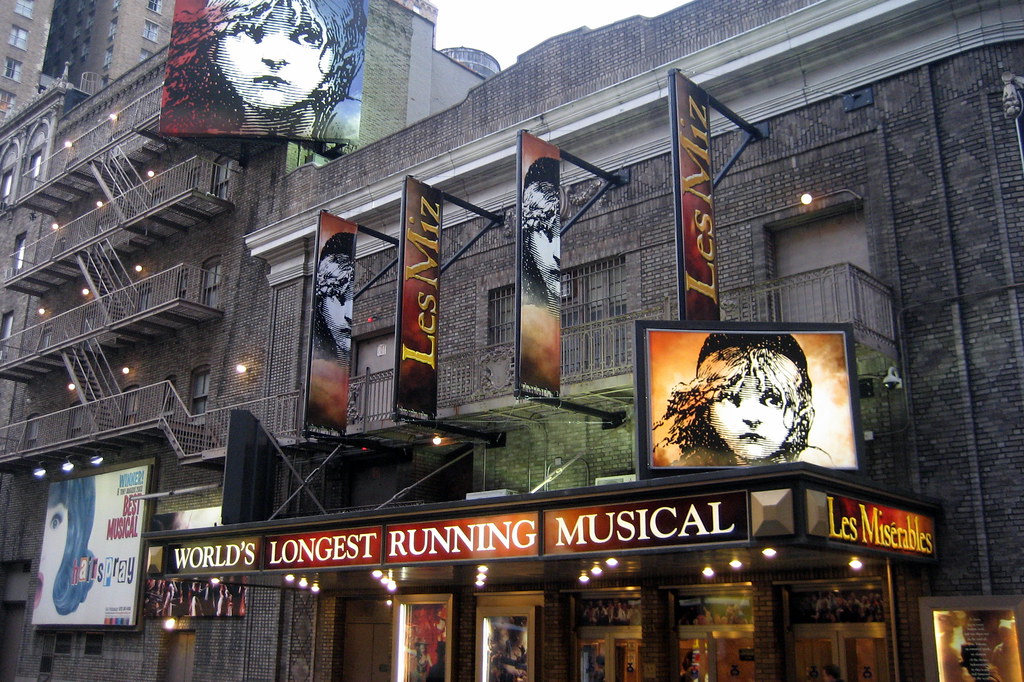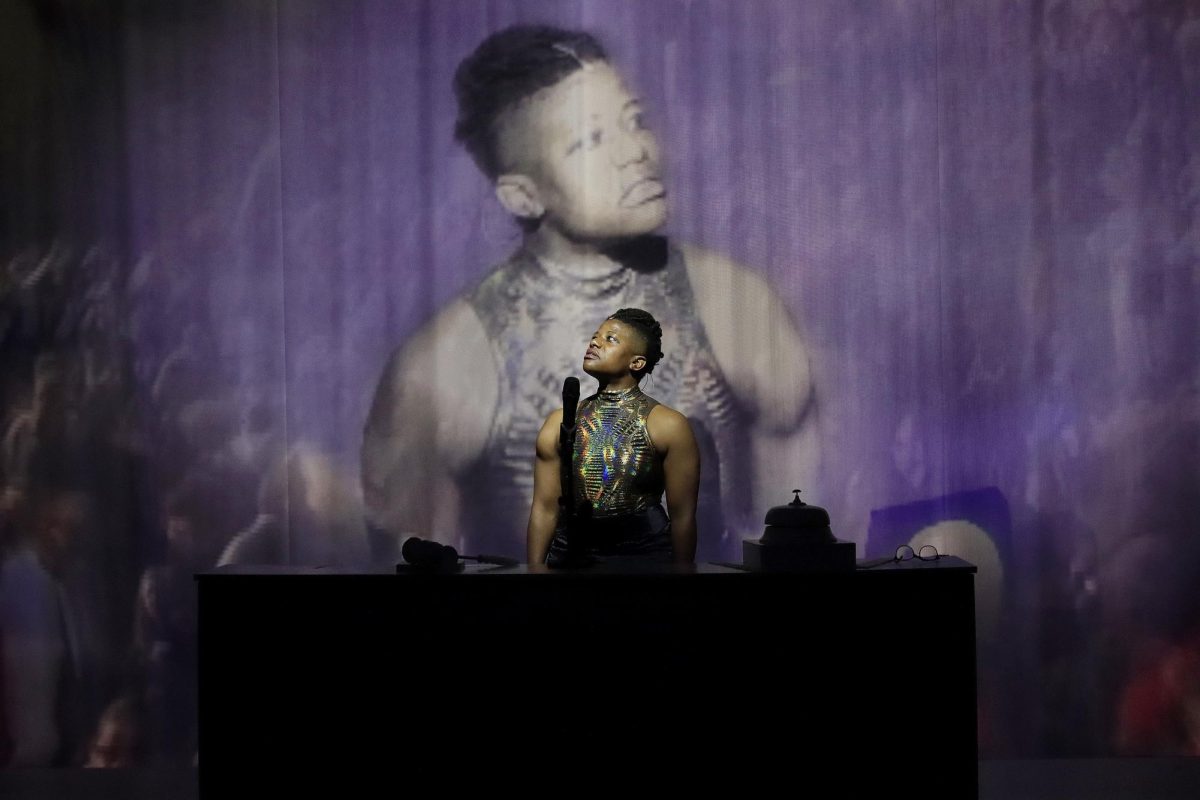When the musical “Hamilton” premiered on Broadway in 2015, many aspects of the show felt revolutionary. From the genre-hopping music, to the unique subject matter, to the dense, dexterous lyrics, it was clear from the beginning that “Hamilton” was a musical unlike anything audiences had seen before.
One of the most noteworthy changes made by “Hamilton” was its unique casting choices. Though historical accuracy would dictate the roles of founding fathers Alexander Hamilton, George Washington, Thomas Jefferson and James Madison be played by white men, Lin-Manuel Miranda, the show’s writer and creator, intentionally cast actors with black and Latino backgrounds.
Miranda’s decision is an integral part of the show. Since hip-hop originated in the black community, it was a natural fit to use black actors for the show’s hip-hop influenced score. Using black and Latino actors also emphasized the show’s message that America is a nation founded by immigrants and dreamers fighting to build better lives. In response to the diverse casting, former President Barack Obama said, “With a cast as diverse as America itself, including the outstandingly talented women, the show reminds us that this nation was built by more than just a few great men — and that it is an inheritance that belongs to all of us.”
However, not everyone was charmed by the musical’s unique casting choices. After a casting call for the show specified the parts were for non-white actors, the show received criticism, most notably from the Actors’ Equity Association. The show later made changes clarifying everyone was welcome to audition, while still affirming a commitment to diversity and honoring Miranda’s original vision for the characters.
[media-credit name=”Photo Courtesy of Josiane Dubois” align=”alignnone” width=”497″] [/media-credit]
[/media-credit]
As Broadway grappled with questions of race and casting, the University of Utah faced its own controversy regarding similar issues. In 2016, the U’s Department of Theatre performed “Bring It On: The Musical.” Coincidentally, Miranda co-wrote this musical. In the show’s Broadway production, black and Latino actors played many of the characters, and a minor element of the show discussed ethnic and social divisions. The U’s theatre program is made up almost entirely of white students.
The dilemma sparked an intense internal debate within the department. Some suggested outside actors could join the show, and this would more accurately reflect the intended racial makeup of the show. Others felt taking roles away from U students was detrimental as it removed educational opportunities. One student even protested the show. Ultimately, the department decided to bring in actors from other universities and professional actors to maintain the show’s original diversity.
For much of the past century, Broadway has ignored or marginalized actors, writers and directors of color. One of the major precursors to the American musical was the minstrel show. These shows were essentially variety shows combining skits, musical performances, dance and novelty acts, but their central intent was to mock people of color. Performers, who were usually Caucasian, wore exaggerated black face makeup. Minstrelsy was a significant perpetuator of the idea that black people were lazy, unintelligent, gullible and inferior.
Many works in the Golden Age of musical theater, such as “Show Boat,” “Porgy and Bess,” “West Side Story” and “South Pacific,” attempted to portray a more favorable portrait of racial minorities. These shows attempted to speak out against prejudice, and they had diverse casts. It should be noted that white male writers created these musicals, and many of the characterizations and dialect choices could be considered offensive.
The current Broadway landscape is complicated, filled with reminders of both progress and of how little things have changed. Historically, the majority of musicals have portrayed a white experience by white writers for white audiences. For actors of color, there were few opportunities to play a complex leading role. In recent years, it feels like the tide has been shifting: More shows than ever have racially diverse casts. Some of these show openly discuss issues of race, others try to be color blind. Many of the most acclaimed musicals in recent memory have had black protagonists, including “The Color Purple,” “The Scottsboro Boys” and “Hamilton.” At the 2016 Tony Awards, all four of the acting nominees were people of color, but in the same year, a report found 76 percent of all roles in New York City theaters went to Caucasians. In the context of Broadway’s racial history, the “Hamilton” casting controversy feels less like an isolated incident and more like a response to decades of tumultuous, troubling racial dynamics.
As for the U, the controversy of “Bring It On” inspired the department to draft an official response entitled the “Color-Conscious Casting Policy.” In the policy, the department said, “Because we share the belief that the respectful presentation of underrepresented minorities and stories onstage is important, we will always work diligently to cast actors of the appropriate race, ethnicity or gender identity when a script requires us to do so. In addition, if we do not have the constituency to cast a show appropriately from our student population, we will open our casting pool to community members of the necessary constituency.” The department believes being conscious of race and color is a necessary step toward addressing white privilege and cultural appropriation.
On stages big and small, the question of race and casting inspires passionate debate. As recent events both on Broadway and at the U attest, these questions will not be easily resolved anytime soon. The fact this debate exists at all — and that all kinds of theater artists are pushing for greater diversity — is encouraging. The U’s theatre department will be performing the play “Eclipsed” at the Kennedy Center American College Theatre Festival. The play, which is about the harrowing experiences of women during the second Liberian Civil War, will feature a cast made up entirely of black women.
@JoshPetersen7















